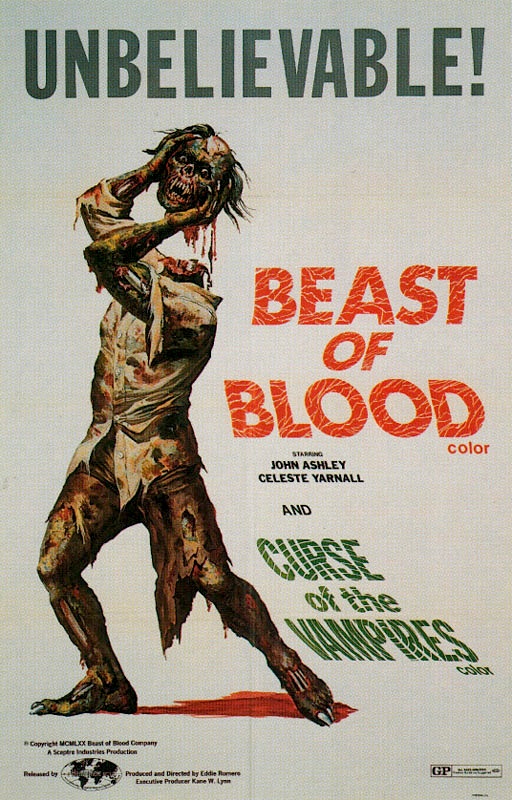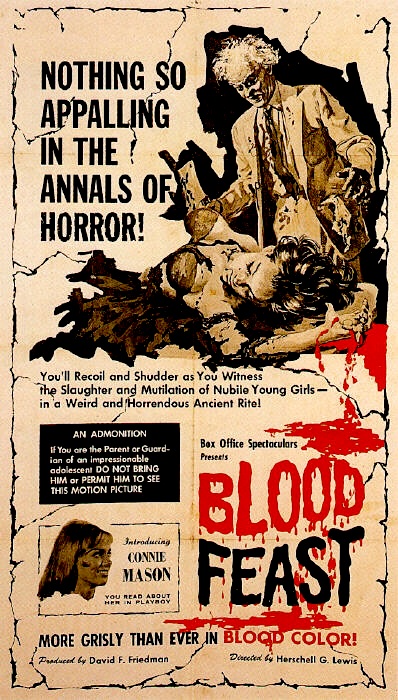
 BY JEFF DEENEY TODAY I SAW the whitewashed statue of a saluting soldier on the corner of 61st and Grays Avenue (no, not Gray’s Ferry) in the Southwest. The statue is surrounded by protective, thigh-high black iron gating and red, white and blue-painted poles. The soldier is dressed in a World War II uniform and wearing a side cap; the statue itself is on a crumbling slab of concrete next to a tiny brown brick VFW Hall.
BY JEFF DEENEY TODAY I SAW the whitewashed statue of a saluting soldier on the corner of 61st and Grays Avenue (no, not Gray’s Ferry) in the Southwest. The statue is surrounded by protective, thigh-high black iron gating and red, white and blue-painted poles. The soldier is dressed in a World War II uniform and wearing a side cap; the statue itself is on a crumbling slab of concrete next to a tiny brown brick VFW Hall.
There are a handful of obvious crack houses on tiny Glenmore Street, which runs parallel to Grays Avenue. You can tell they’re hit houses by the sheet metal, nailed up in vain to the front door by the property’s owner, that’s been peeled back from one corner like a half-opened tin can. The dark, triangular spaces between the door frames and the jagged, curving metal reveals piles of garbage trampled by heavy foot traffic in what used to be the living room. The brick exteriors of a lot of buildings nearby are spray-painted with the scrawled names of neighborhood drug sets. One boarded-up storefront on nearby Elmwood Avenue says “Spade Boyz,” and here on the side of the VFW Hall is a single, ominous word in red lowercase letters: blood.
There’s a smattering of elderly white folks in the neighborhood, holdovers from the old Southwest; hunched-over Irish and Polish Mom-Moms and Pop-Pops who take 10 minutes to cross the street. The elderly white women in the neighborhood wear thick, pink- and purple-colored plastic eyeglass frames too big for their faces. The men wear hats noting in which war they served, and stand on their front steps shouting to the next door neighbors like they’re a mile away. Most of the row houses here are reddish-brown brick and have two brick columns holding up their porch roofs. Each house has a metal awning; most of the awnings look like they were once either red or pink and all of them are faded, their colors washed out to a dull approximation of their original hue.
Irish and Polish Mom-Moms and Pop-Pops who take 10 minutes to cross the street. The elderly white women in the neighborhood wear thick, pink- and purple-colored plastic eyeglass frames too big for their faces. The men wear hats noting in which war they served, and stand on their front steps shouting to the next door neighbors like they’re a mile away. Most of the row houses here are reddish-brown brick and have two brick columns holding up their porch roofs. Each house has a metal awning; most of the awnings look like they were once either red or pink and all of them are faded, their colors washed out to a dull approximation of their original hue.
Across the street on the south side of Grays Avenue, a little boy with a heavy backpack arrives home from school and keys himself into the house on the corner, whose front windows are boarded over with sheets of plywood. The boy wears only a black windbreaker, underdressed for a blustery February afternoon. The coat has hot pink satin trim along the shoulders, around the cuffs and the waist. I would imagine it’s a hand-me-down or a donation from a local church group; if his mother could afford a better coat it would probably be heavier and wouldn’t consist of a color scheme that probably gets him bullied at school.
The older Bartram boys start filling the streets that were ghost town silent only moments before. One teenager rides by on a BMX bike, his long winter coattails trailing behind him like a cape. Then come the custom whips, Crown Vics and Caddies with tall, chrome rims and throbbing sound systems that rattle pitch-black tinted windows. A crowd of boys gathers in front of the corner bodega on 64th Street, by Connell Park, wearing black bomber jackets and matching knit caps. One of them is very animated as he mimics the action of a pump shotgun, closing one eye like he’s aiming, leading his imaginary target as it moves through the intersection, and then yells, “BAM!” He throws his shoulder back like he felt the kick. His friends laugh along with him as he takes aim again.
Around the other side of the park on Wheeler Street, four Vietnamese toughs stand on their front steps openly sharing a blunt and staring silently at passersby with hard, humorless faces. On the corner there’s a cluster of heart-shaped aluminum balloons tied to a stop sign, still holding helium and blowing back and forth with the wind. It’s a memorial for the guy they found shot in the head on over on 66th Street a few weeks back, who used to live on the block.
RELATED: More about Bloods in Southwest Philly
ABOUT THE AUTHOR: Jeff Deeney is a freelance writer whose work has appeared in PW, City Paper and the Inquirer. He focuses on issues of urban poverty and drug culture.
